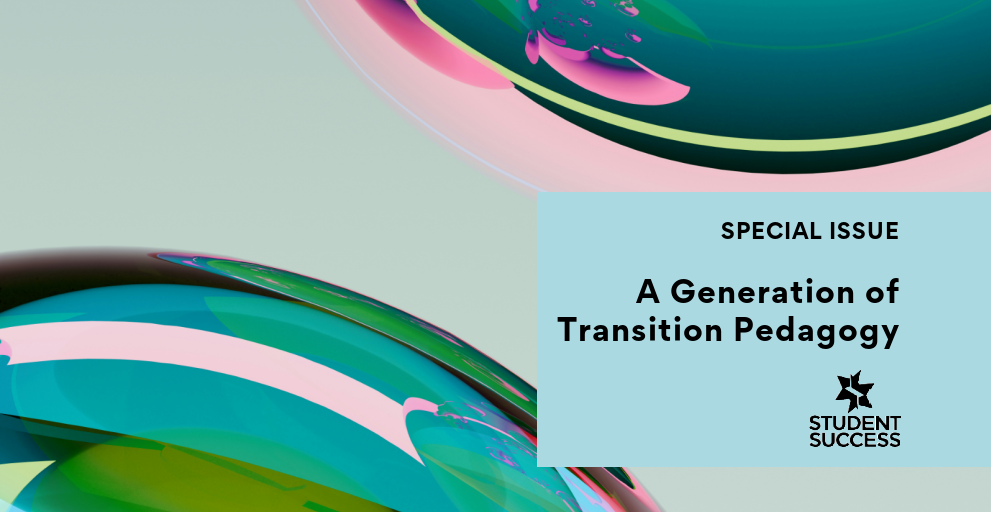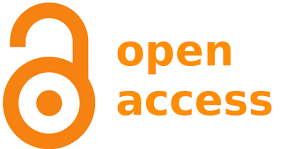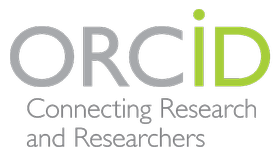Reflecting on Two Decades of Transition Pedagogy: How it Started; How it’s Going.
DOI:
https://doi.org/10.63608/ssj.3851Keywords:
Transition pedagogy, Curriculum principles, Student equity, Universal design, first-year experienceAbstract
This first article in the Student Success special issue’s reflective trilogy examines transition pedagogy’s evolution over two decades of iterative application, adoption and adaptation. Developed out of desperation to translate decades of research into effective educational practice, the framework initially sought to address the inequity of first-year transitions for diverse student cohorts. Years later, this integrative approach, and its six underpinning curriculum principles, have now been embraced as an inclusive, programmatic response to higher education’s shifting foci. Demonstrating resonance across the bookends of Australia’s two big higher education reviews – the Bradley Review of Higher Education and the Australian Universities Accord – transition pedagogy and its theory of generational change have proven to be sustainable and scalable once enmeshed in the core institutional business of course design. Relevantly, given the Accord’s aspirations for growth and equity parity, transition pedagogy overtly advances whole-of-institution coherence and universal design for substantive inclusion and success.
Downloads
Downloads
Published
How to Cite
Issue
Section
License
Copyright (c) 2025 Sally Kift

This work is licensed under a Creative Commons Attribution 4.0 International License.
Authors retain copyright and grant the Journal right of first publication with the work simultaneously licensed under a Creative Commons Attribution International Licence (CC BY 4.0) that allows others to share the work with an acknowledgement of the work's authorship and initial publication in this journal.







